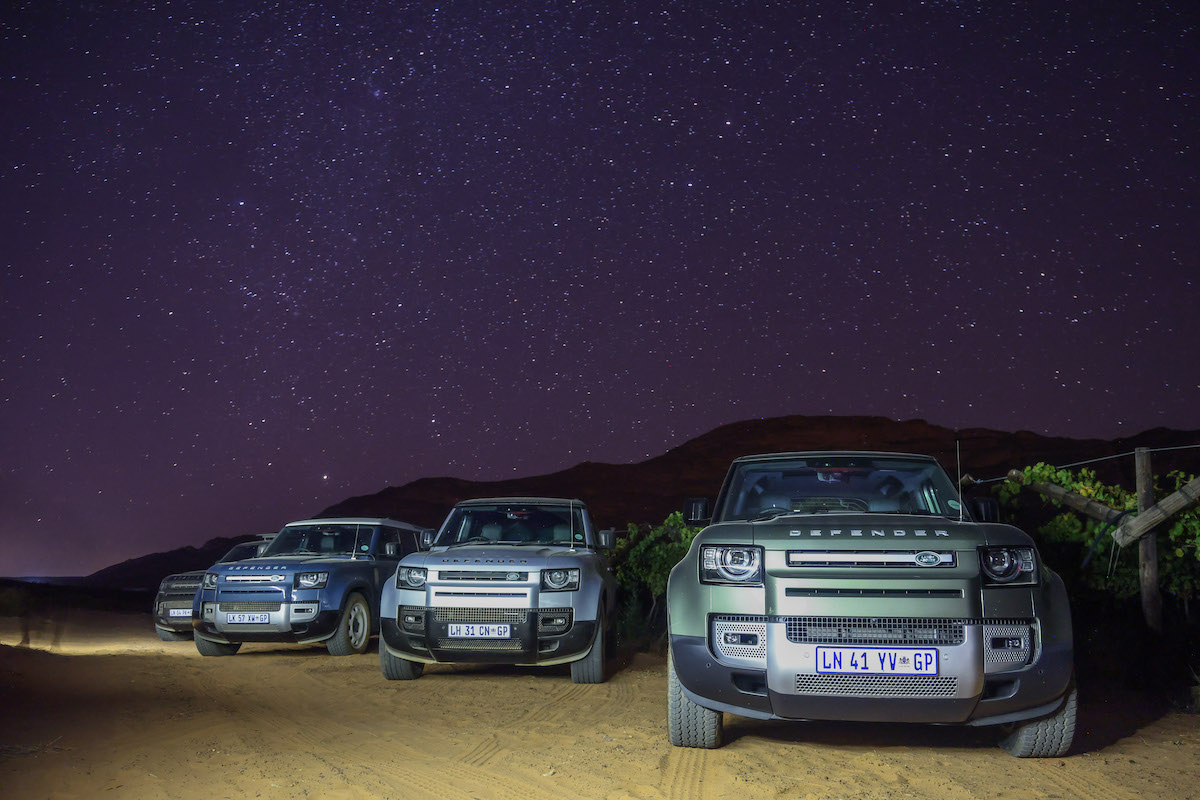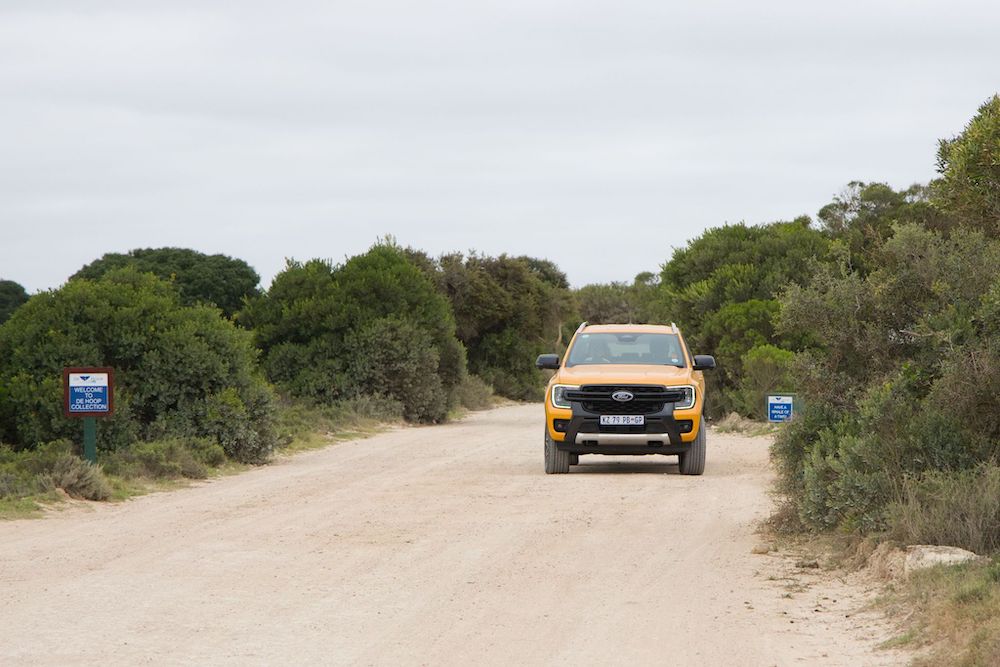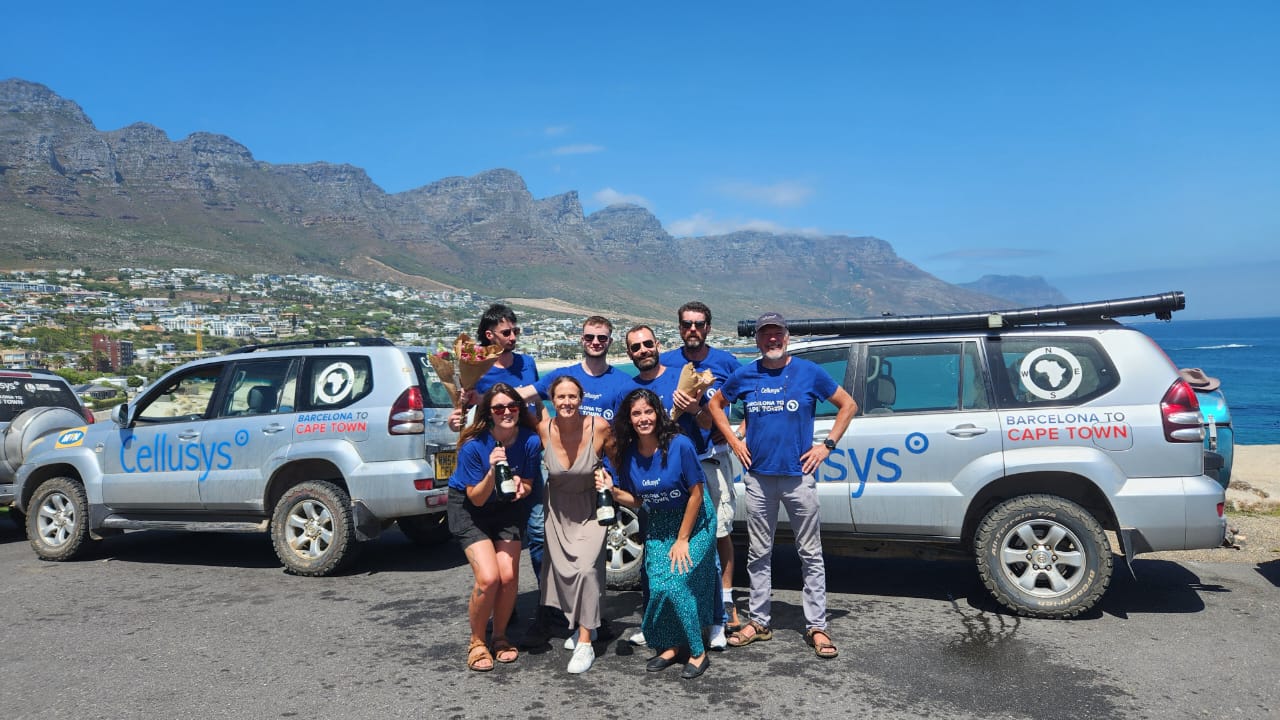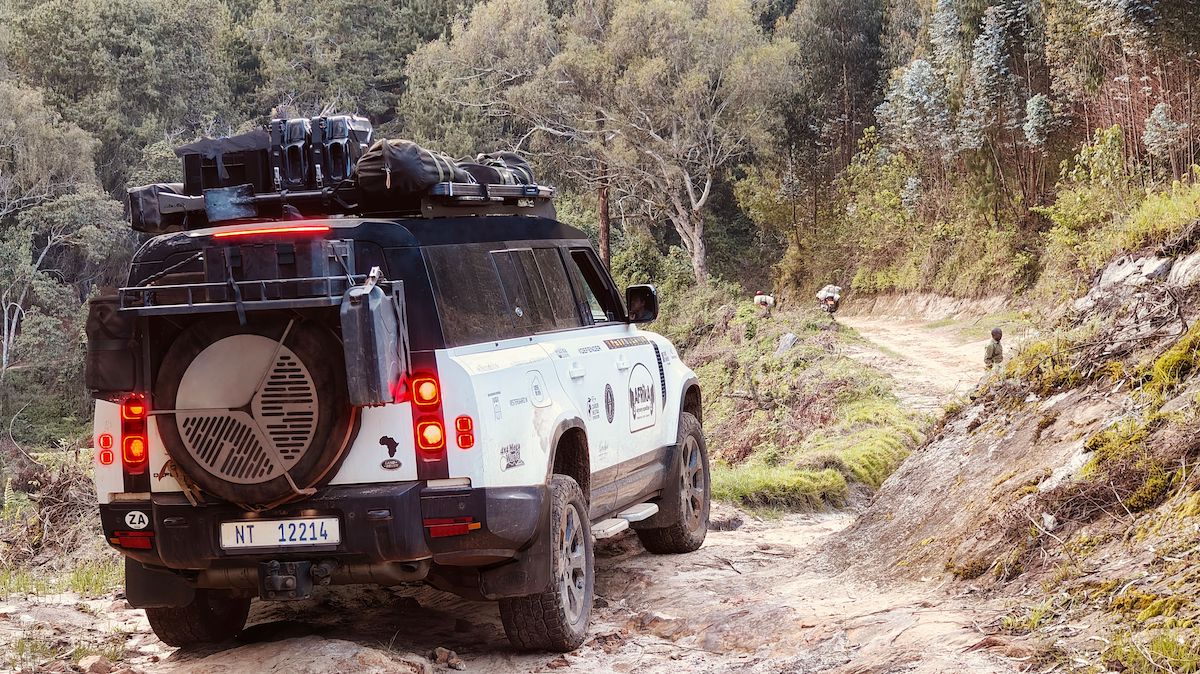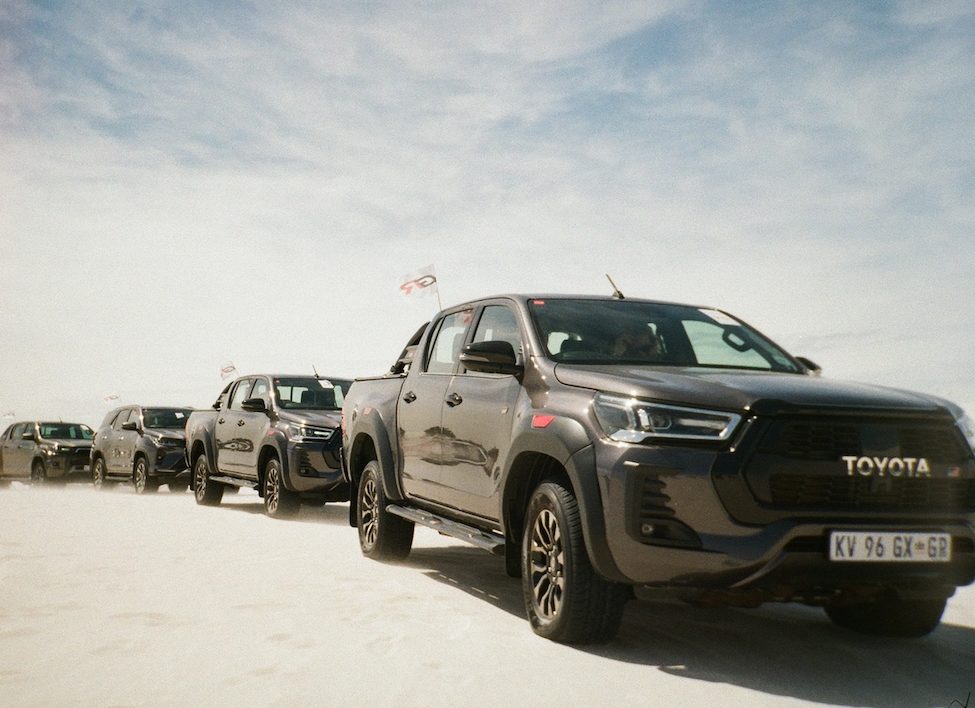Two adventurous souls has just returned from a trip around Africa. Literally around Africa! Johan Botha and Bets Cloete travelled through 39 of the continent’s 45 countries in an epic trip over some of the worst roads imaginable. We spoke to them
Text: Stephan Smith
Photographs: Johan Botha and Bets Cloete
A Delmas couple is back in the country having completed an amazing trip, driving their Toyota Fortuner 3.0 D-4D 4×4 from Cape Town, around the continent and back to Cape Town.
Johan Botha and Bets Cloete visited 39 of the 45 countries in mainland Africa, skipping only Somalia, Eritrea, Djibouti , Algeria, Tunisia and Equatorial Guinea for safety or logistical reasons.
Their 39 770km route included some truly terrible roads. They told us about some of the worst – as well as some personal highlights of the trip.
“ We drove on so many bad roads,” Johan laughs, “from sand tracks in the desert to rocky roads, mud and then tar roads that have almost disappeared into the potholes. But a few of them really stood out, like the road in northern Kenya – one of the worst.”
Bets agrees. “The road between Marsabit and Moyale was terrible.
It was so full of potholes that it was impossible to miss them.”
Another road that was gradually disintegrating was in Mali, on the way to the legendary Timbuktu. According to Johan, the last 250km were a nightmare. “The potholes were big enough to swallow this boardroom table we’re sitting at.” Johan assures us that he’s not exaggerating.
But in the northern Democratic Republic of Congo the roads simply disappear, says Johan. “You wouldn’t believe it unless you could see it. There just aren’t any roads. For whole days we would just follow cattle trails. And then, in Tanzania near the shores of Lake Victoria, it took us a whole day to do just 120km. Parts of Angola were also bad. On what is considered a proper, normal road it took us nine hours to travel 100km!”
But on reflection Bets and Johan agree that the worst road they encountered was in southern Sudan. They left the town of Kosti intending to drive to Juba, on the White Nile. But along the way they encountered the stickiest, muddiest road imaginable. For seven days they laboured, covering a grand total of 980km.
On the way they came across a group of United Nations peacekeepers helping local travellers. Using three trucks, the UN team either gave people and their belongings a ride along the worst parts of the road or towed out vehicles that had got stuck in the quagmire.
Johan and Bets decided to lend a hand, and for two days and a night they pitched in, transporting people and possessions backwards and forwards along the worst road they had ever seen.
But the story doesn’t end there. A few days later Johan received a call from the chief of operations for the United Nations, based in New York. He had heard of their efforts and wanted to thank them personally. So not only had Johan and Bets helped people on a practical level, but they had also become ambassadors for South Africa, the news reaching places as far away as the US.
“We had to help,” says Johan. “This was a main road, and the people had no other way of getting through. But after two days we simply had to move on.”
However, when they got near to Aweil, about half-way between Kosti and Jabu, they found that the only bridge across a river had been washed away a few days earlier. “There was nothing we could do other than turn around and drive back.”
So that is what they did, retracing their torturous steps all the way to Kosti. There they boarded a ferry for the ten-day trip down the river to Jabu. The three linked barges were home to up to 350 people for those ten days, and the couple had to get used to a life without any privacy at all, and only the most basic of facilities.
After seven days they decided to disembark, finishing off the rest of the journey – which would have taken three days on the boat – in a single day, relieved to be at the end of this particular ordeal.
Their trip wasn’t all mud, sweat and tears though. The couple couldn’t stop talking about personal highlights, and amazing sights and places.
For Johan the pinnacle of Africa was the Ngorongoro Crater in Tanzania. “I’ve travelled the world,” he says, “but never have I experienced anything like that. You simply haven’t seen anything until you see the animals and plains of Ngorongoro.”
Bets, on the other hand, was particularly fascinated by the rock-hewn churches of Lalibela in Ethiopia. “They are incredible,” she says. “To think that they were carved out of rock 500 years before Christ. Imagine the tools that they had to work with, and the time it took.”
After listening to the couple recount their adventures, most of which we haven’t even touched upon, we ask if they would consider doing another trip of this magnitude. Johan laughs again. “Speak to me in January, my friend. Then I will be able to give you details of our next trip. All I can tell you now is that it’s going to be even bigger!”
ABOUT THE VEHICLE:
The couple travelled in a Toyota Fortuner 3.0 D-4D 4×4, and they say that given another chance they wouldn’t do it any other way! Their particular Fortuner has an interesting history. They bought it from Toyota after it had been used for the Timbuktu to Table Mountain Expedition in 2006. The only modifi cation was the addition of Old Man Emu suspension, although Johan did replace the standard tyres with wider and taller Michelin LTX A/T 235/85R16s, for better ground clearance and load-carrying ability. Before embarking on their adventure, the couple had their Fortuner serviced, and on the trip they replaced the oil fi ve times. Other than that the only maintenance required was a new oil fi lter in Angola. Johan was amazed by the service levels offered across the continent. “There was a Toyota dealer in every big city – and I mean a proper, big one,” says Johan. “That’s why you see so many Toyotas on the road, and why it’s the only vehicle I would use on such a trip.”


